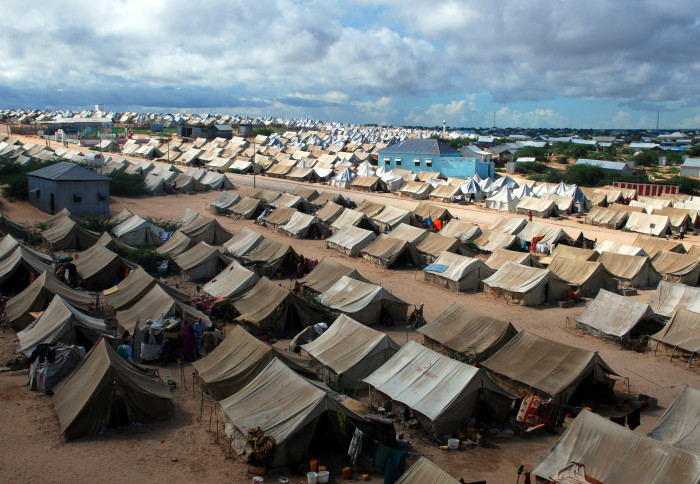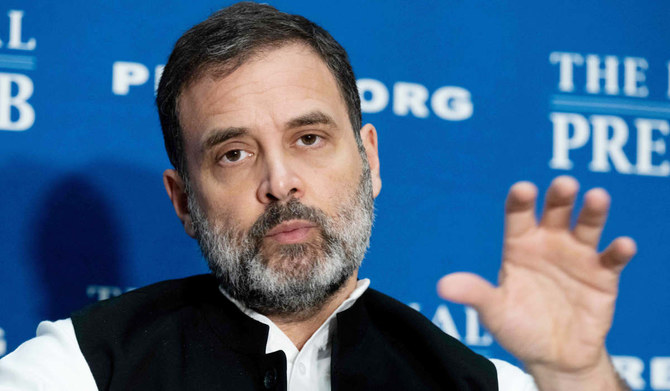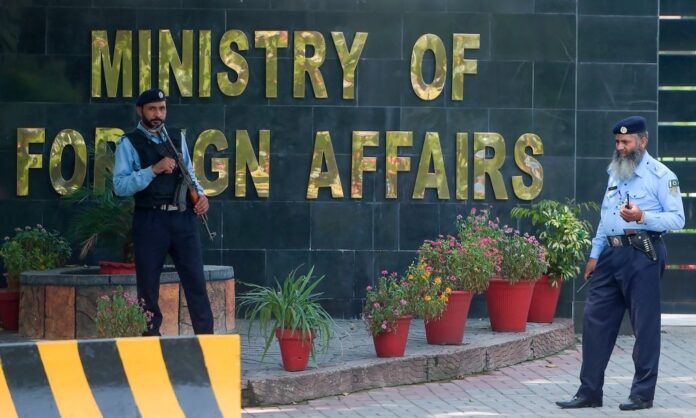
London: Sustainable energy solutions for peacebuilding and supporting academics from at-risk areas: how Imperial is meeting Sustainable Development Goal 16.
The United Nations set out 17 Sustainable Development Goals (SDGs) as a blueprint for the world to unite and tackle global issues for sustainable development. Imperial College London’s Global Development Hub was launched earlier this year as part of the College’s efforts to bring together expertise across the College to engage with the SDGs and work towards global sustainable development.
In December 2021, the Global Development Hub ends the year by looking at SDG 16: Peace, Justice, and Strong Institutions. At the College, various initiatives aim to support people in vulnerable situations of conflict and work towards SDG 16 targets.
Increase in displaced people
The last ten years have seen a huge increase in displaced people and refugees worldwide. As of the middle of this year, 84 million people were displaced, many due to civil unrest and war.
Of the displaced people fleeing conflict or natural disasters who end up in camps, many are resident there for many years – despite their nominally temporary status. The influx of thousands – or in some cases millions – of people in a neighbouring country brings its own potential for conflict. People need to meet their basic requirements, for example for resources such as fuel for cooking.
Cooking a pot over firewood and stones
A new and sudden need for firewood to support large numbers of people can threaten to deplete the local forests and degrades the soil for both the host community and displaced people alike. Alternative sources of energy typically come in the form of expensive diesel generators, but are generally only for administration of the camps rather than dwellings or shops.
This pressure on the environment in turn can create tensions between local populations and refugees, in some cases leading to escalations in violence and conflict between peoples. Commonly it is the role of women in the community to collect fuel for cooking, and so the threat of violence is most felt by them as they venture into the local environment to sustain themselves and their families.
Building renewable energy infrastructure
Philip Sandwell, a Research Associate at the College’s Department of Physics and the Grantham Institute, has been working on this problem from a new perspective: that of renewable energy. He models the way small renewable energy networks can function in rural and remote communities, such as those in displacement settings.
By building renewable energy infrastructure in tandem with energy efficient cooking equipment, some of the tension between local populations and refugees could be alleviated and the surrounding environment can remain strong.
It is not as simple as a couple of solar panels, however, as some camps are vast and off-grid networks need to be implemented. That is where CLOVER comes in. CLOVER is an open-source model for off-grid and small networks aiming to optimise rural electricity networks.
Philip has put CLOVER to work while collaborating with a local mini-grid company, MeshPower, in Mahama Refugee Camp in Rwanda and has been modelling the performance of the solar network in the camp. Similar projects are springing up in other areas.
The aim here is longer term solutions and dialogue for peace. Imperial.ac.uk


